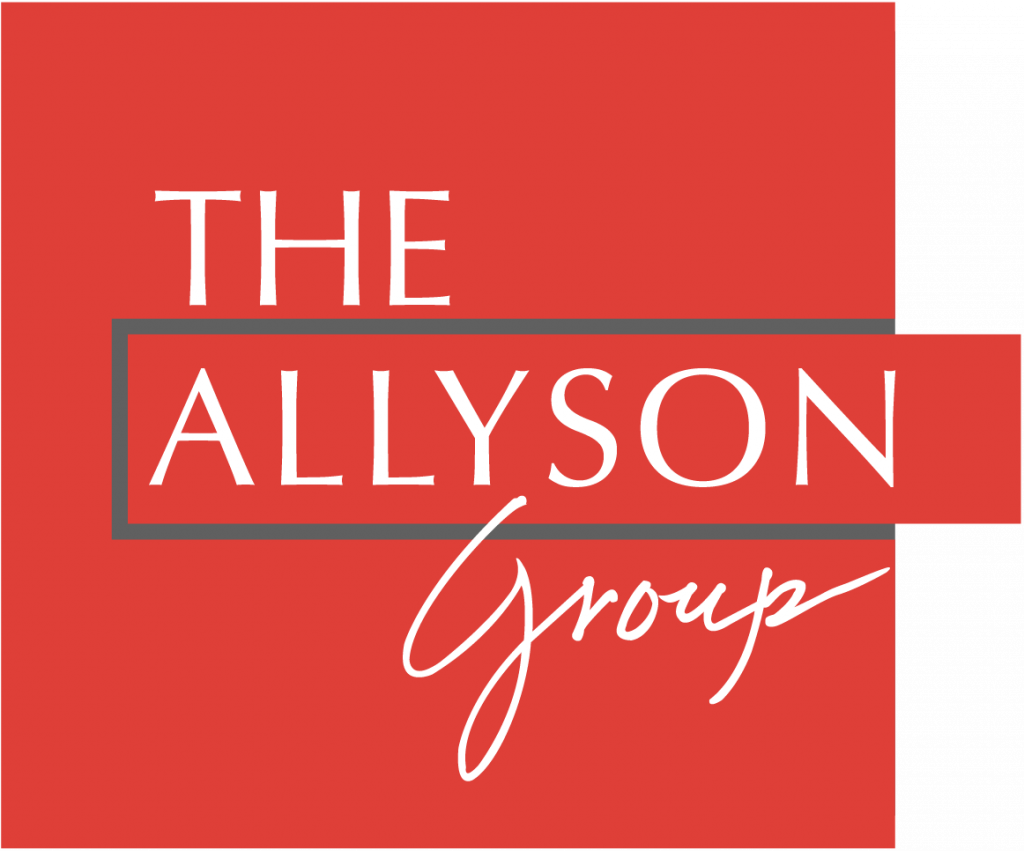Helping Diverse Writers Maintain A Unified Brand Voice
One of the toughest digital communications challenges for small businesses is maintaining a unified brand voice across multiple platforms. It’s especially challenging when multiple writers are creating the content.
This article offers strategies for mastering this challenge and producing content that looks, feels, and sounds authentically like you, no matter who creates it.
A Consistent Brand Voice Begins With Brand Clarity
Projecting a unified brand voice begins with brand clarity across the organization. Depending on how you arrive at your business concept, brand clarity may be present from the beginning. However, many businesses find they have to develop it over time.
Achieving brand clarity, and thereby the ability to communicate with a clear and unified brand voice, originates with confidence about the organization’s core identity. Identity derives from why you exist (mission and vision), who you serve, and why what you offer matters in the world. The clearer this identity, the easier it is to have many people communicating the brand message.
Older brands like Levi’s and Coca-Cola have had decades to test and develop their brand voice so that you recognize them even without their logo or other visual brand elements. Nike is often cited because its crystal clear brand voice has helped it develop a passionately loyal customer base. True Nike customers own dozens or hundreds of the brand’s products rather than just one or two. This is what all brands aspire to: the ability to reach into the hearts of the right people and bind them to you.
Brand Guides Help Multiple Writers Maintain Brand Voice
As an organization matures and has more people playing in its communications sandbox, it will eventually find it necessary to codify (write down) the elements of its brand in the form of a brand guide or a style guide – or both.
Beyond a basic operations manual, the brand guide usually speaks to this question of brand voice, while the style guide clarifies the brand’s visual identity. (In other words, the brand guide may address the mission, vision, and elements of the brand’s personality or identity. The style guide lays out the logo, tag lines, brand colors, and any other visual elements – with precise guidelines for using these elements.)
These guides tend to be internal documents, typically shared externally only with agencies or contractors who produce content for the brand. They are the rule books that help a brand achieve an authentic, consistent, and recognizable brand voice, even with multiple writers and content creators.
Brand Guide
A brand guide likely gets created when the brand has increasing numbers of people involved in sales, marketing, and other public communication. The organization’s reason for being no longer exists solely inside the mind of the founders. Additional writers or artists or salespeople are on board, and everyone must sing from the same songbook. Without guidance, it’s easy for the brand message to get muddled. So it’s imperative to get things organized – or risk damaging the brand with confusing, wrong, or off-target messages.
Style Guide
A style guide dictates how the logo, any taglines, brand colors, and other symbols should – and should not – be used. It will also cover slogans and jingles. Any or all of these elements may be trademarked, and the style guide is a way to assert some control over external parties’ use of them and help drive brand consistency.
Although the customer experience is based on much more than logos, slogans, and jingles, these elements are key to making brands immediately recognizable. And, a style guide helps multiple content creators use them correctly.
Writers Briefs
Beyond the brand and style guides, an organization that produces a lot of content or outsources content creation, may also create writers briefs. These are guides that lay out brand voice criteria that is specific to clients or projects.
A brief lists the client or project’s key messages, keywords, and key phrases (essential for search engine optimization – SEO). It will likely also address the tone of voice (for example, businesslike, informal, casual, funny, storytelling, etc.). It identifies the intended audience for the communication and more. Content creators depend on briefs to help them adopt the client’s brand voice, even with multiple writers.
For a well-established and confident brand, the brief may even dictate elements like sentence length or repetitive words. For example, quirky or offbeat brands that hammer home their messages with short, punchy phrases do this (Use those crazy GEICO television commercials as a reference point). The brief is a great tool for cultivating a unified brand voice.
Templates
Templates can guide “look and feel,” or brand voice. They are yet another way to develop brand identity across multiple platforms and when content is produced by multiple writers and creators.
Templates can dictate the visual elements of external communication (for example, colors, borders, and numbering scheme). But may also lay out the flow (for example, sections, headings and subheads, executive summaries, and conclusions). They can be used as guides for print documents, web pages, ads, blog posts, newsletters, or any other kind of communication.
A template can help achieve a high degree of consistency in the rhythm and cadence of brand communication. A template that creates uniformity in appearance may also assist in the reader’s comprehension – making it easier to follow along and understand the content.

Hire Right, Train Right to Grow a Strong Brand Voice
Brand voice will always become stronger when the creators truly understand and can relate to the brand and its goals. This strength grows as teams work together over time.
So, hiring the right people can be key to unifying your brand voice. While it’s not always easy to assess the suitability of creators before working with them, vetting and testing before hiring helps. One “test” is to review clips and samples from previous jobs. Another is to train them in your brand voice as you onboard them. This will encourage their focus on developing the skill.
Finally, team culture – with much positive reinforcement when team members get it right, and gentle but firm redirection when they miss the target – will help teams of creators develop a clear, recognizable, unified brand voice. A team that rewards connection to this concept of brand voice will have team members holding each other accountable. This is true for teams within or outside the organization – or both.
The Copy Editor Supports a Unified Brand Voice
It’s hard to stress the importance of the copy edit function. Editors should be part of the team, and will thereby be wrapped into and influenced by the team culture. NY Book Editors describe the copy editor as “your partner in publication” and has a detailed description of the copy editor job here.
But the copy editors’ true value is to be the last line of defense on brand voice. When an organization has many different pockets of content creators – think sales team vs. graphic design department vs. human resources department – and especially if these groups produce content independently, it’s common for someone to “sing” off-key.
A copy editor can uphold the integrity of the brand voice and should have the authority to flag or correct any off-brand communication.
Brand Audits Can Strengthen Brand Voice
A brand audit can strengthen an organization’s development at any stage and can be used to help develop a clear, unified brand voice.
In the beginning, a brand audit might be used to support positioning; for example, to calculate which market niche you want to occupy or how to distinguish yourself from close competitors. Later on, the goal may be to assess whether you’re on the right track, or how you might be affected if you shift your positioning. An audit can help gauge what the market needs or wants that you don’t currently provide.
A brand audit can take many forms. You can conduct it internally or externally, or both. You can use surveys or focus groups to get feedback from current customers, current employees, or aspirational targets. Or, you can use the audit to reveal how others see, or experience, your company.
Brand audits can be a powerful tool to help you find – and refine or redefine – your brand voice.
Outsourcing Content Creation
Just as brands can benefit from the objectivity of an external assessment or audit, sometimes an outside firm can hone in quicker on a unique brand voice for a client.
When your organization is struggling to stand out, grow, or successfully implement new initiatives, it’s possible that the existing players are too vested in their current ways of doing things to see clearly what needs changing.
There is a proven formula for assessing a company’s strengths and weaknesses, and strategic planning should also identify opportunities and threats (it’s called SWOT analysis). Sometimes, these assessments are better made from without than from within. This is one reason companies hire outside help with strategic planning: outsiders can look objectively at what’s already being done, evaluate what has worked, and identify the reasons some initiatives have failed.
The brand voice is one area where things may become clearer when an outside firm assesses your trials, successes, and failures – and offers recommendations grounded in objectivity.
Surmounting the Brand Voice Challenge
We all know brand success when we see (or feel) it. “Just do it!” (Nike), “The ultimate driving machine” (BMW), “You’re in good hands.” (Allstate), “Breakfast of champions.” (Wheaties), and “Have it your way.” (Burger King) are taglines that Americans of all ages recognize. These stripped-down messages are shorthand for the values behind these brands and have become deeply ingrained in the American psyche. They are only one part of these brands’ commitment to brand integrity – but their instant recognizability indicates that these companies employ many practices behind the scenes that support them.
As individuals, we love some of these brands and reject others – and this is exactly what companies want: to attract their “right” people, and send away those of us who are unlikely to ever become their customers. In this way, success in crafting an authentic brand voice ultimately saves time and money.
For a relatively young brand, like ours here at The Allyson Group, it can take time to settle into full confidence with brand voice. Maybe you’re still finding the right customer niche, or still evolving your unique value proposition. And, especially as you bring in more creators and serve more and different kinds of clients, it can take a lot of tinkering to get the brand voice right. But success or failure may be the difference between brands that thrive and those that wither, so we’re all still striving to get this right.
We hope this article has helped distinguish some practices for developing a strong brand voice, as you – and we – keep moving toward building sustainable brands.
As always, feel free to give us a call to talk about a brand audit or a brand refresh, or to discuss your other content needs.












